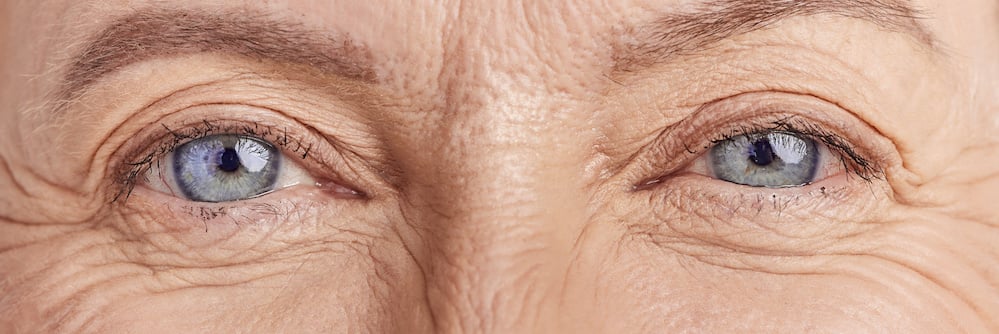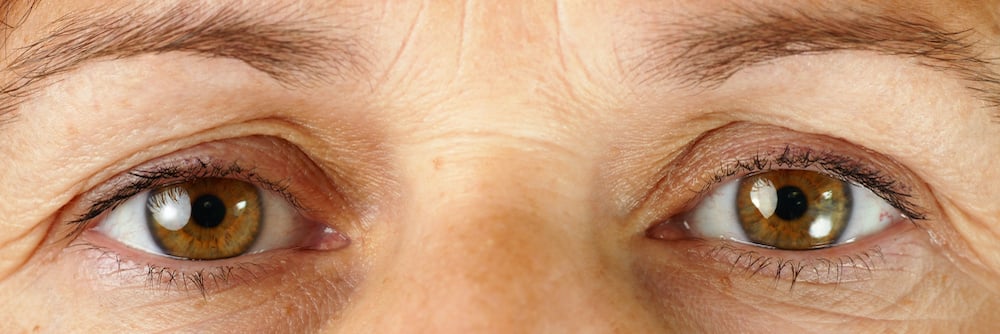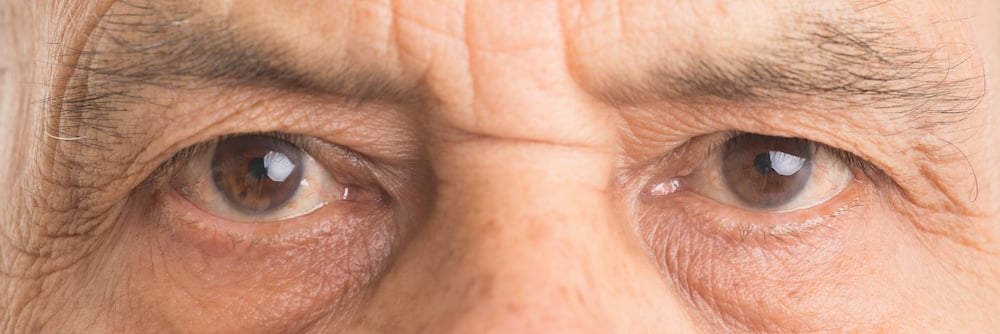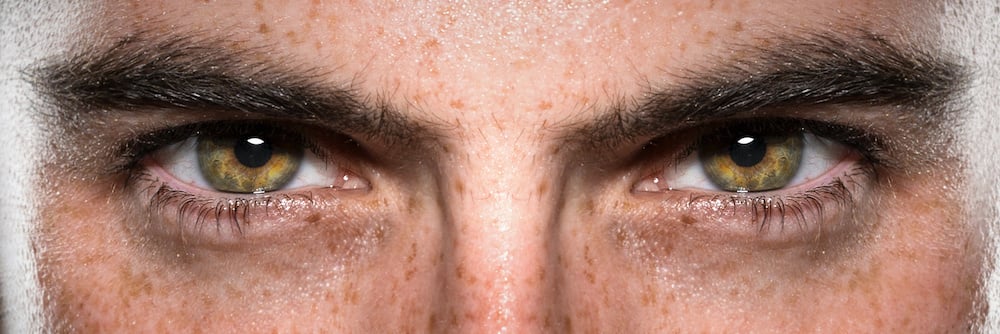Alzheimer's Disease
Eye tracking helps to make cognitive assessment and prediction of disease progression
Stroke is the second leading cause of death worldwide and an important cause of disability in adulthood2. Strokes can lead to decreased visual acuity, visual field loss, ocular motility abnormalities, and visuospatial perception deficits.1,3
Up to 70% of patients develop acutely decreased visual acuity after a stroke1. The reported percentage of patients with visual field loss after a stroke varies widely, ranging from 45 to 92% acutely and 8–25% chronically1. In these, 50% arose from occipital stroke, 30% from parietal, 25% from temporal, and 5% from damage to the optic tract and/or lateral geniculate nucleus2. The reported prevalence of ocular motility dysfunction after stroke ranges from 22 to 70%1. Ocular motility dysfunction includes strabismus, gaze palsy, nystagmus, and vergence deficits.
A prospective multicentre cohort study reported that 52% of patients with stroke had visual field loss, 47% had visual field loss as the sole visual symptom, and only 10% had no visual symptoms4. The type of strokes that most commonly caused visual field loss were occipital and parietal lobe strokes4. Homonymous hemianopia is the most reported form of visual field loss following stroke3,4. In fact, in some types of stroke, vision loss can be the only presenting symptom. For example, Lauda et al performed a retrospective study and concluded that acute brain infarction occurred in 23% of 213 patients with branch/central retinal artery occlusions and vision loss was the only presenting symptom in 90% of these patients5.
Ischaemia is the causative factor in 93.3% of transient ischaemic attack patients presenting with transient monocular vision loss3. Transient monocular visual loss or amaurosis fugax is an acute episode of ischemic origin in which one eye has profound visual loss, followed by full recovery within one hour6. Transient monocular visual loss most often occurs in the setting of retinal ischemia secondary to carotid embolism, and thus, it is considered a transient ischemic attack originating in the carotid arteries6. Transient visual loss due to retinal ischemia has an incidence of 14 per 100000 people per year7. It increases the risk of subsequent vascular events (strokes and myocardial infarction) within the first week7. This stroke rate remains high at 13% (10 times higher than the general population) for 3.5 years post retinal ischemia7.
Besides transiently, retinal ischaemia can also occur permanently due to branch retinal artery occlusion (BRAO), central retinal artery occlusion (CRAO), or rarely ophthalmic artery occlusion3,10,3,8. Over 75% of patients with central retinal artery occlusion (CRAO) experience associated decreased visual acuity3 and 30% of patients with CRAO present an acute cerebral ischaemia9.
Stroke may affect the efferent visual system, i.e eye movements and pupils. Forms of visual impairment due to lesions external to the visual pathway include ptosis, diplopia, internuclear ophthalmoplegia, one-and-a-half syndrome, gaze palsies, saccadic intrusions, impaired smooth pursuits, and nystagmus3.
Stroke in the brainstem and cerebellum, for example, may present with distinct neuro-ophthalmic characteristics3. Acute onset of cerebellar vertigo and dizziness could be associated with cerebellar stroke11. A stroke in the posterior inferior cerebellar artery (PICA) is characterized by several clinical findings related to nystagmus and central ocular motor signs11. Anterior inferior cerebellar artery (AICA) stroke can manifest as at least eight different types, most often with a combined impairment of vestibular and audiological functions11. Superior cerebellar artery (SCA) infarctions are associated with vertigo in about 50 % of patients, and in 25 % there is a spontaneous nystagmus to the side of the lesion11. The key to the diagnosis is a careful neuro-ophthalmological and neuro-otological examination to look for cerebellar ocular motor signs, including nystagmus and ocular tilt reaction11.
World Health Organization - www.who.int/news-room/fact-sheets/detail/the-top-10-causes-of-death
The American Academy of Ophthalmology maintains an EyeWiki written by physicians and surgeons.
Read their literature review regarding brainstem strokes here.

Eye tracking helps to make cognitive assessment and prediction of disease progression

Eye movement disturbances are present in up to 75% of MS patients.

Oculomotor examinations help differentiate parkinsonian syndroms.

More than 50% of children with a tumor in the brain stem show neuro-ophthalmological signs and symptoms